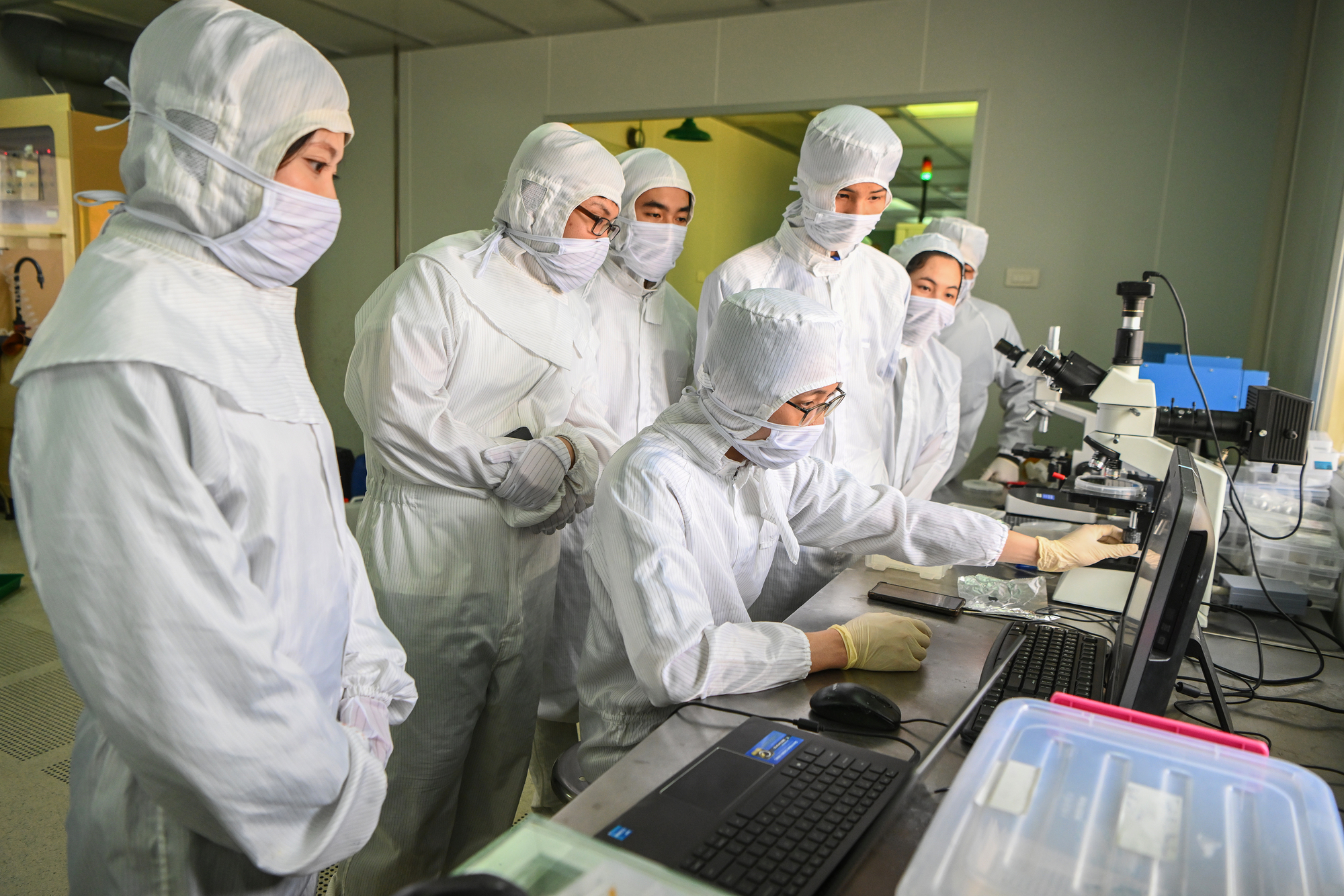The National Assembly passed the Law on Digital Technology Industry on 14/6. This is the first time Vietnam has established a legal framework for key industries such as artificial intelligence (AI), big data, and especially semiconductors – a sector considered the "backbone" of every modern digital industry. The law provides incentives related to taxes, land, credit, and human resources for organizations and businesses involved in chip research, design, manufacturing, packaging, and testing.
A notable point is that the law allows regulatory sandboxes for digital technology products, including chips and circuit designs. This mechanism allows businesses to deploy products in real-world environments without being subject to the same legal constraints as in formal commerce, creating conditions for semiconductor startups to develop.
Major organizations like PwC and Deloitte predict the global semiconductor market could exceed USD 1,000 billion by 2030 as countries and businesses continue to invest in digital infrastructure, automation, and advanced chip production.
As the global supply chain restructures, Vietnam is considered a potential alternative destination thanks to its competitive costs, young technical workforce, and stable political environment.
Many large technology corporations have invested in this field in Vietnam. Intel has invested about USD 1.5 billion in a packaging and testing plant in Saigon Hi-Tech Park. Samsung is expanding chip production in Thai Nguyen. Recently, Amkor, a leading global name in outsourced semiconductor assembly and test (OSAT), also commenced the first phase of its factory in Bac Ninh, aiming to produce more than 3.6 billion chips annually from 2025.
The Bac Ninh government has identified the semiconductor industry as a spearhead in its local economic development strategy, aiming to train at least 30,050 technical personnel by 2030 and develop an ecosystem including manufacturing, logistics, training, and support services.
 |
Clean room, Center for Nano and Energy, Hanoi University of Science, Vietnam National University, Hanoi, a place for semiconductor training and research. Photo: Giang Huy |
Clean room, Center for Nano and Energy, Hanoi University of Science, Vietnam National University, Hanoi, a place for semiconductor training and research. Photo: Giang Huy
However, the biggest current challenge is the shortage of human resources. According to statistics, Vietnam currently has only about 5,000-6,000 semiconductor engineers, while the actual demand by 2030 could reach 50,000-100,000 people. The new law allows localities to develop their own policies to support businesses in covering the costs of hiring and retraining high-quality personnel, thereby opening up investment opportunities in training and specialized skills development.
According to Nikkei and Financial Times, Vietnam is a new bright spot in the Asian semiconductor supply chain. Not only attracting foreign direct investment, Vietnam is also gradually building domestic capacity through long-term policies, incentives, and encouraging public-private partnership models.
Hai Long












